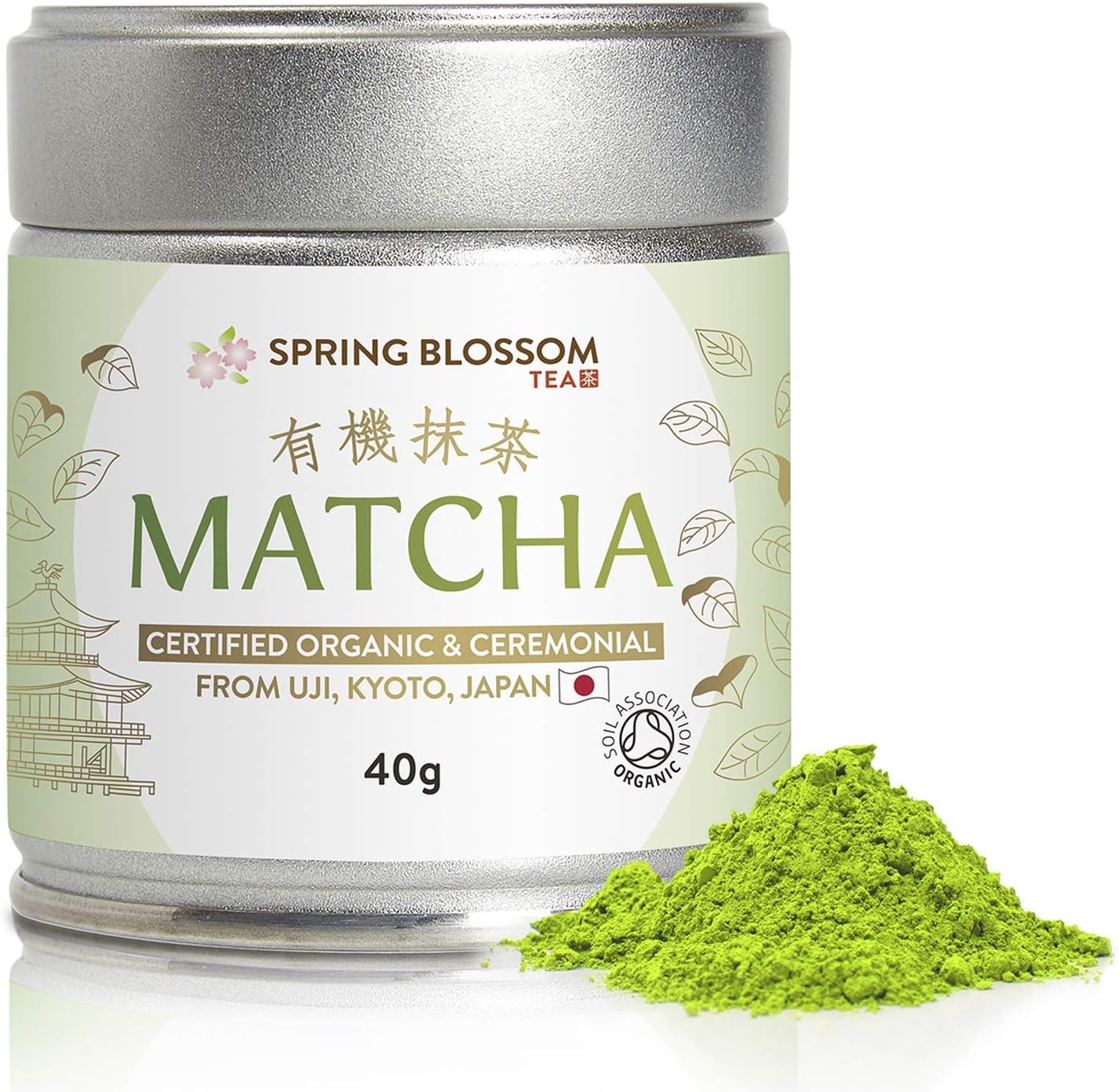How I Mastered Japanese Verb Conjugation in a Week!
Posted on: 2024-12-28 | at: 03:48:29
When learning Japanese, verbs form the foundation of communication. They allow us to express actions, states, and even our desires. However, understanding how to conjugate them across different forms can be a daunting task for beginners. At PekoPeko, we’re here to simplify the process and make learning fun! 🎌✨📚
The Three Types of Japanese Verbs
In Japanese, verbs fall into three main categories: 📝🔑🌸
- う Verbs (Godan): These verbs have dynamic conjugations based on their ending kana.
- る Verbs (Ichidan): Known for their straightforward conjugations, these are a relief for many learners.
- Irregular Verbs: Exceptions to the rules, but thankfully there are only two major ones: する and 来る.
Each type follows unique patterns when conjugating into forms like て-form, dictionary form, or potential form. The table below provides examples and shows how each type changes: 📖🗒️🧩
| Form | う Verbs (Godan) | る Verbs (Ichidan) | Irregular Verbs |
|---|---|---|---|
| Dictionary | 書く (かく, to write) | 食べる (たべる, to eat) | する (する, to do) |
| 話す (はなす, to speak) | 見る (みる, to see) | 来る (くる, to come) | |
| ます Form | 書きます (かきます) | 食べます (たべます) | します (します) |
| 話します (はなします) | 見ます (みます) | 来ます (きます) | |
| て Form | 書いて (かいて) | 食べて (たべて) | して (して) |
| 話して (はなして) | 見て (みて) | 来て (きて) | |
| ない Form | 書かない (かかない) | 食べない (たべない) | しない (しない) |
| 話さない (はなさない) | 見ない (みない) | 来ない (こない) | |
| た Form | 書いた (かいた) | 食べた (たべた) | した (した) |
| 話した (はなした) | 見た (みた) | 来た (きた) | |
| Potential | 書ける (かける) | 食べられる (たべられる) | できる (できる) |
| 話せる (はなせる) | 見られる (みられる) | 来られる (こられる) | |
| Volitional | 書こう (かこう) | 食べよう (たべよう) | しよう (しよう) |
| 話そう (はなそう) | 見よう (みよう) | 来よう (こよう) | |
| Imperative | 書け (かけ) | 食べろ (たべろ) | しろ (しろ) |
| 話せ (はなせ) | 見ろ (みろ) | 来い (こい) |
Notes:
- う Verbs (Godan): Verbs that end in う, つ, る, む, ぶ, ぬ, す, く, ぐ. Conjugation involves changes to the final kana depending on the form.
- る Verbs (Ichidan): Verbs that end in る and have an え or い vowel sound before る. Conjugation is straightforward.
- Irregular Verbs: Includes する and 来る, which have unique conjugations that don’t follow typical patterns.
Tips for Memorizing Verb Forms
Here are some effective strategies to make verb conjugation second nature: 💡🎯🌟
- Group by Verb Type: Practice conjugating a mix of う, る, and irregular verbs to spot patterns.
- Drill Specific Forms: Focus on one form, like て-form, until you’re confident, then move on to another.
- Use Real-Life Examples: Incorporate verbs into sentences or scenarios you encounter daily.
Why Verb Conjugation Matters
Mastering these forms unlocks the ability to: 🔓🏆🚀
- Make polite requests (たべてください)
- Express potential actions (見られる)
- Create natural-sounding sentences
Learn with PekoPeko
At PekoPeko, we believe that learning Japanese should be as enjoyable as it is effective. That’s why we combine structured resources like this guide with immersive content to keep you engaged and hungry for knowledge. Whether it’s through fun shows, interactive lessons, or cultural tidbits, we’re here to guide your journey. 🥢📺🎶
Ready to dive deeper? Explore more lessons and tips on PekoPeko and watch your Japanese skills soar! 日本語をいっしょに学ぼう!🚀🇯🇵✨


